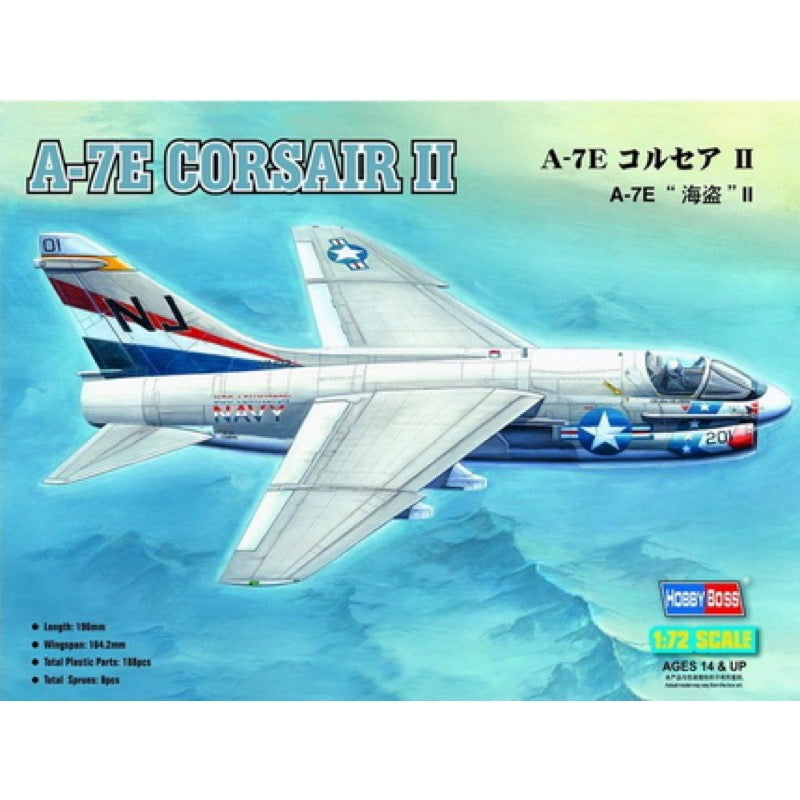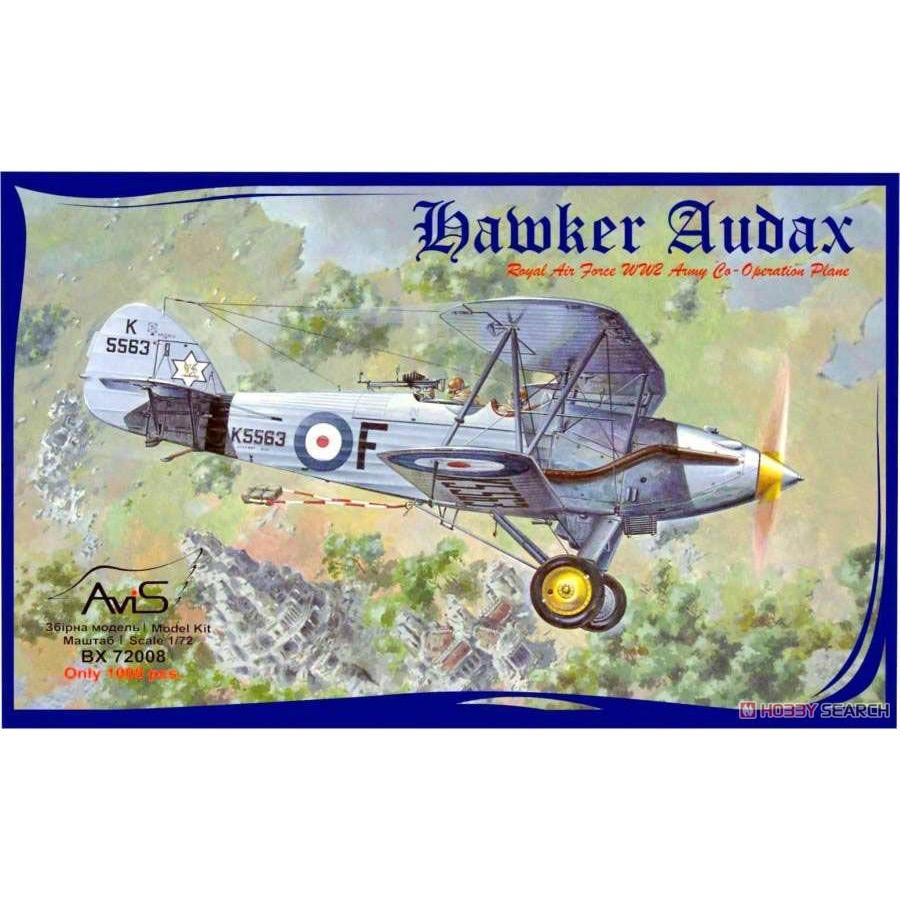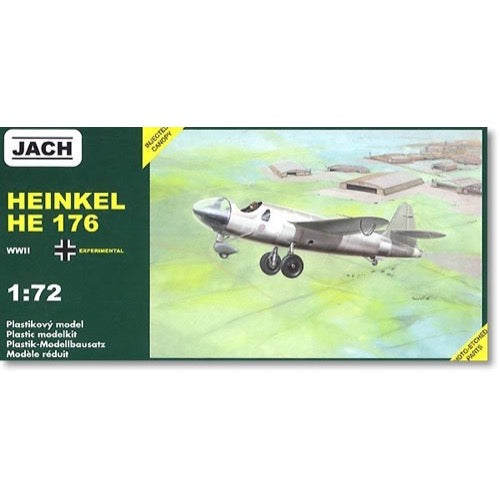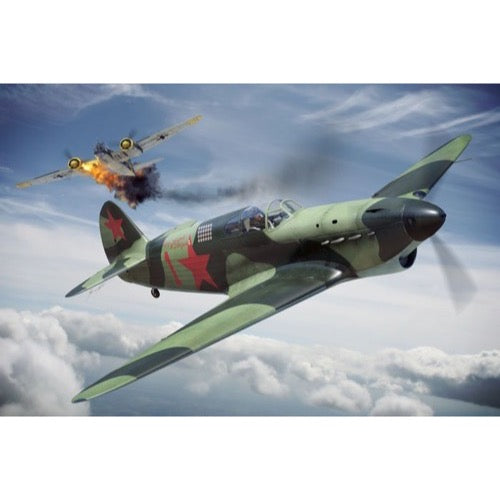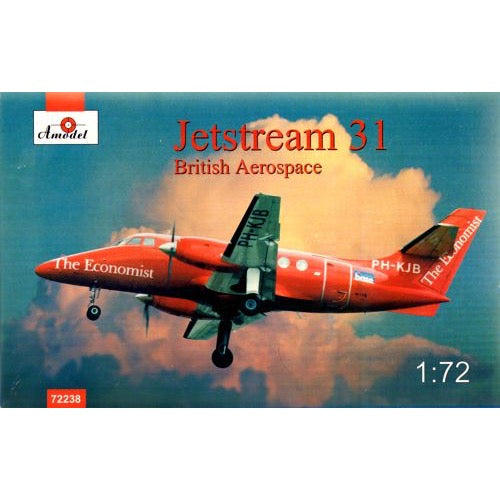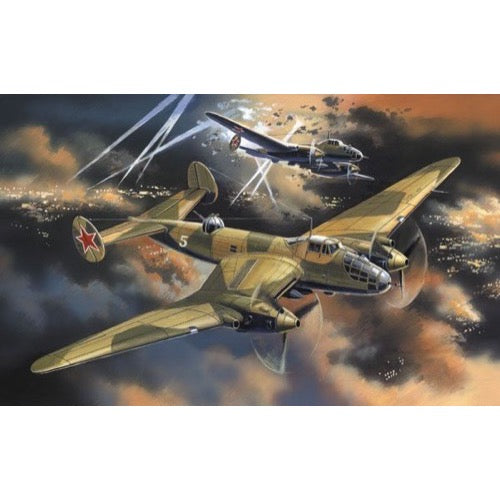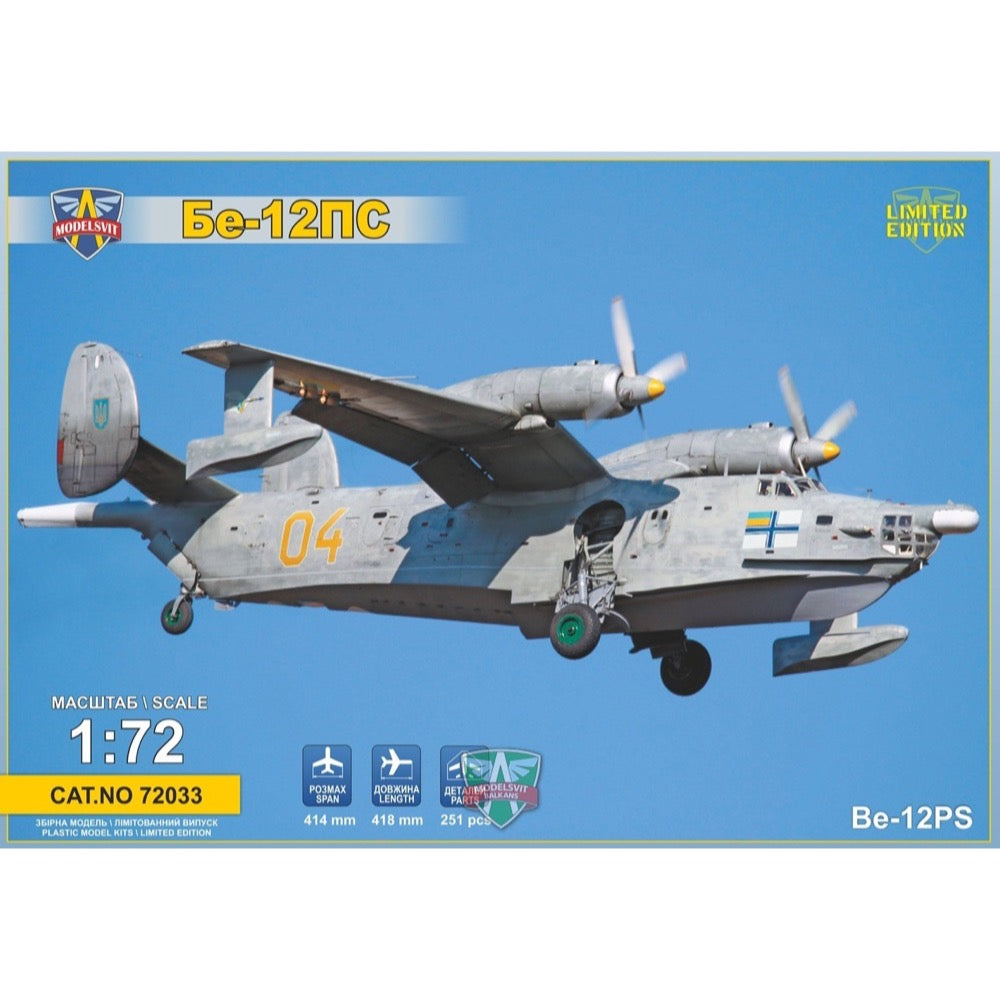
Modelsvit 72033 1/72 Beriev Be-12 PS Search and Rescue vers.
50.00
$
<p>The Yak-140 was a Soviet experimental light-weight supersonic fighter developed by the Yakovlev Design Bureau in the middle 1950s. The prototype was powered by AM-9D jet engine and had a circular inlet in the nose and mid-mounted wings with 55.5 degree leading-edge sweepback. The gun armament consisted of two 23 mm NR-23 guns. Two months after the prototype was rolledAlthough the SAR (Search and Rescue) flying boat Beriev Be-14 successfully passed its government tests in 1965, it has never been put under serial production. Meanwhile, the USSR maritime aviation was searching for an alternative.On the basis of the serial Be-12, a SAR maritime aircraft "Izdelie 2E "(Be-12PS) was developed, removing the whole armament and installing survival and medical equipment. The Be-12PS was equipped with an additional hatch under the right starboard wing trailing edge and could take on board up to 13 people. In 1972, the plane successfully passed its factory tests.In total, only 10 aircrafts have been produced.</p>
<p>out for taxi test, the project was cancelled without prior notice.</p>
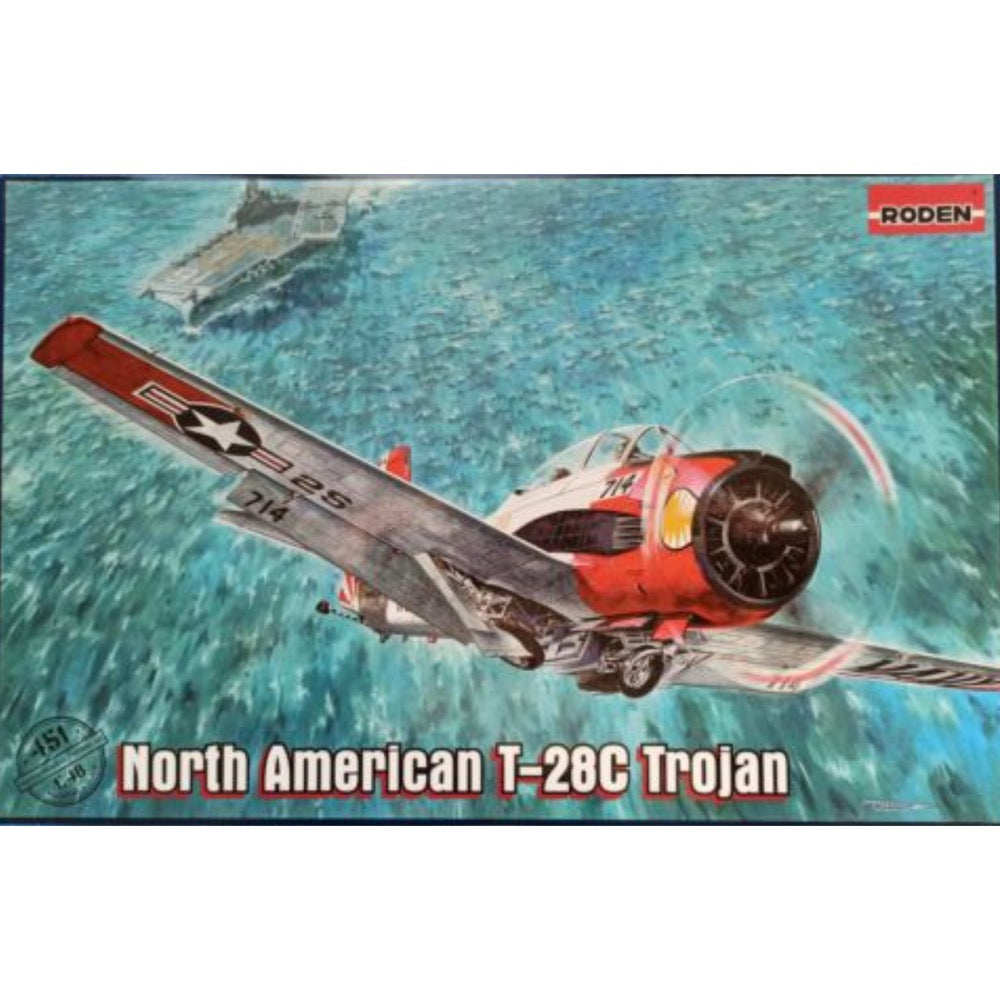
Roden 451 1/48 North American T-28C Trojan
23.00
$
<p>Training airplanes in the air forces of any country have always played a very important role. Before being entrusted with combat machines, beginner pilots must pass an obligatory flight test on a trainer to acquire the theoretical skills learnt in the classroom. Quite often, two-seat versions of ordinary fighting machines have been used for this, when future fighter pilots are being prepared for example. However, as a rule, initial flights have been conducted in purpose-built basic trainers.</p>
<p>In the history of America's air arms one of the most epoch-making machines of this class was North American's T-6 Texan, designed before the beginning of WWII and produced in a quantity of more than 15 thousand units. This machine was exported to many countries around the world, and its service lasted until the end of the 1960's. However with the end of the piston-engined era it became clear that a new airplane was needed which could replace the T-6 Texan for basic pilot training. The US Navy had a particular need for a new airplane - the fleet had now become the basis of the country's strategic projected power, and that is why it was necessary to build a machine for the speedy training of the new generation of beginner pilots to co-operate with ships and land an airplane on a carrier deck.</p>
<p>In 1946 the North American firm offered the XSN2J project to the Navy, which had to replace the SNJ (the Navy's name for the T-6). A year later, the Air Force also decided to replace the T-6, and North American quickly modified a prototype to the army specification, becoming the T-28. The first test flights took place in September 1949 and their results more than satisfied the military. North American received an order for 266 machines, designated the T-28A Trojan. The airplane had a classic tandem seating arrangement, a large cockpit with an excellent view, and could carry a variety of ordnance on the pylons under the wings if required. The airplane appeared so successful, that the North American firm soon brought additional manufacturing plants on stream. By the mid 1950's almost 1,200 T-28A's were produced.At this time the American military felt an urgent need for an airplane that could be delivered to 'friendly' countries, and whose production would not require substantial expenditure. The T-28A was already considered out-of-date for the air arms of its own country at the beginning of 1961, but was the most suitable for that requirement. It had a more powerful (1425 hp) R-1820-56S engine, and the wing was strengthened to enable it to carry up to 4,000 pounds gross weight. In underwing pods were set two 0,5 caliber machine guns with 1,000 rounds ammunition each, while it was possible to suspend bombs on six underwing pylons; or rockets, napalm containers, and other ordnance. The increased take off weight included the mounting of 177-gallon underwing fuel tanks. Sights were installed in the cockpit, and also the airframe was toughened up, with armor protection for the crew in the most vulnerable areas.</p>
<p>All these modifications, certainly, affected the flying performance of the T-28, however as a light strike aircraft it proved to be quite a successful machine. North American converted more than 300 T-28A into the new T-28D in total. As had been planned, these airplanes were soon re-equipping satellite countries of the USA in South-East Asia. The T-28D took part in the Vietnam War on the side of South Vietnam, and later they were used by the Air Forces of Cambodia, Philippines and Thailand, typically in operations against insurgents inside the country.</p>
<p>This airplane very quickly gained a solid reputation as a counter-insugency machine, and soon the T-28D was being delivered to the Air Forces of Congo and Ethiopia in Africa, and to Honduras, Bolivia, and Ecuador in Latin America. The ability of the T-28 to operate from the most primitive airstrips and conduct rapid air strikes against partisan groups made this airplane irreplaceable in every respect. The last machines of this type were retired from military service in Third World countries only at the end of the 1980's.</p>
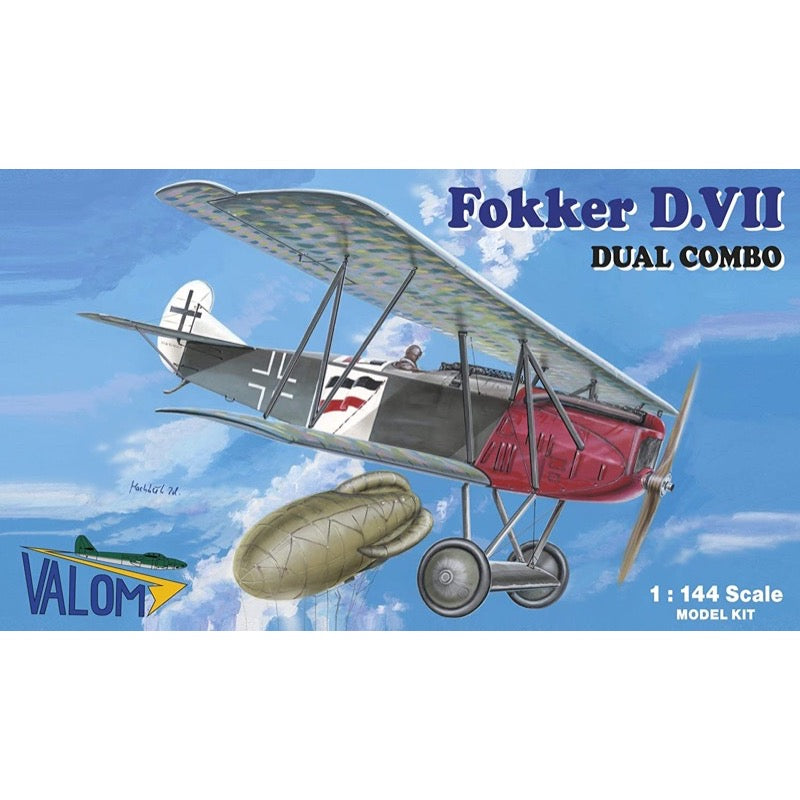
Valom 14403 1/144 Fokker D.VII (Dual Combo with 2 kits)
10.00
$
<p>Considered the finest pursuit aircraft of WWI, the Fokker D.VII was typically, too late to make the sort of impression that was hoped for along the Western Front. So good was this aircraft, that the Armistice agreement specified that this particular aircraft was to be destroyed. Anthony Fokker secreted away trainloads of the aircraft to neutral Netherlands where he refurbished these aircraft for use by the Dutch Air Force and several other air arms in the post war period.</p>
<h3>Features</h3>
<ul>
<li>This detailed kit of the Fokker D.VII triplane includes photo-etched parts and decals for four marking variations!</li>
<li>Decals included for extra detail and realism.</li>
<li>Highly detailed and Plastic textured to resemble other materials.</li>
<li>Illustrated assembly instructions and painting scheme included.</li>
</ul>
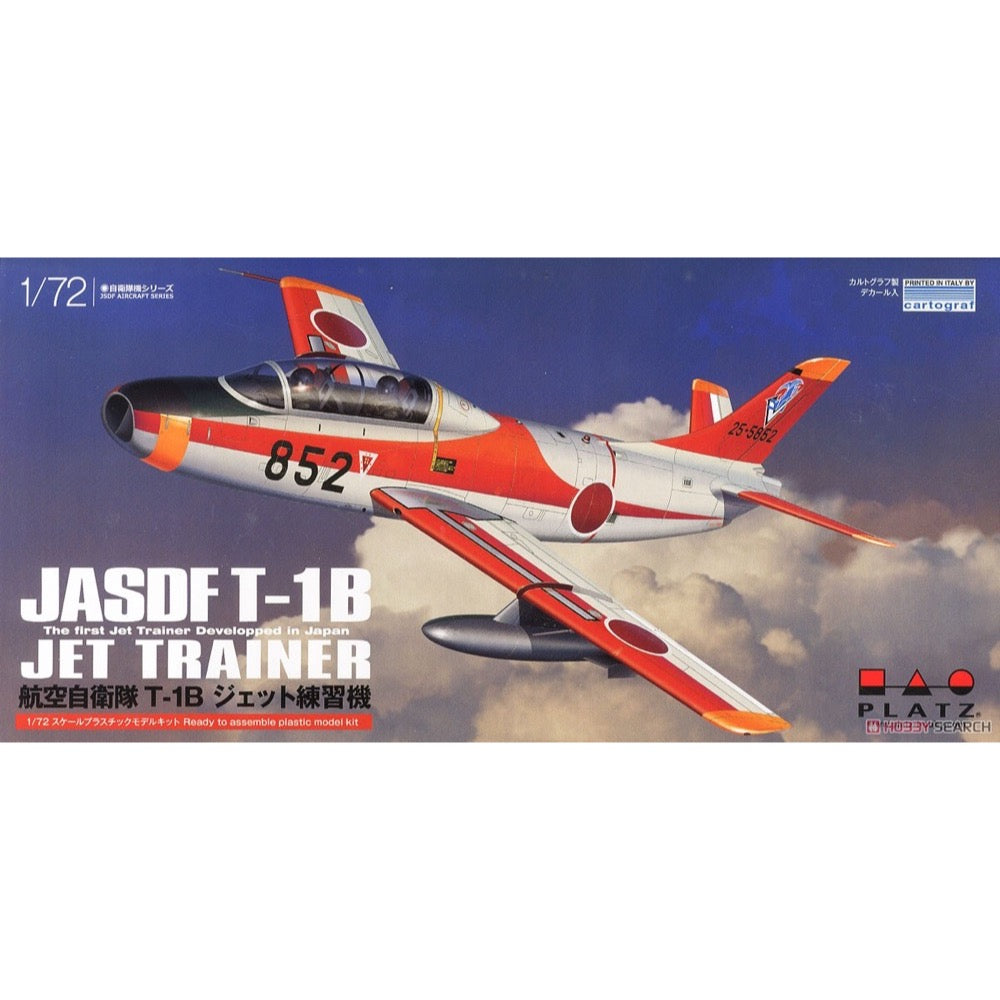
Platz 1/72 JASDF T-1A Jet Training Aircraft
24.00
$
<p>The T-1 was the first indigenously designed Japanese jet-powered trainer aircraft to be developed after World War II and used by JASDF.<br>The T-1s were used in the intermediate trainer role, and have been training many pilot for decades.<br>The T-1A was powered by the British-designed turbojet, while the T-1B used the Japanese turbojet.<br>The first flight was in January 1958. A total of 66 T-1 planes were built and retired in March 2006.</p>
<ul></ul>
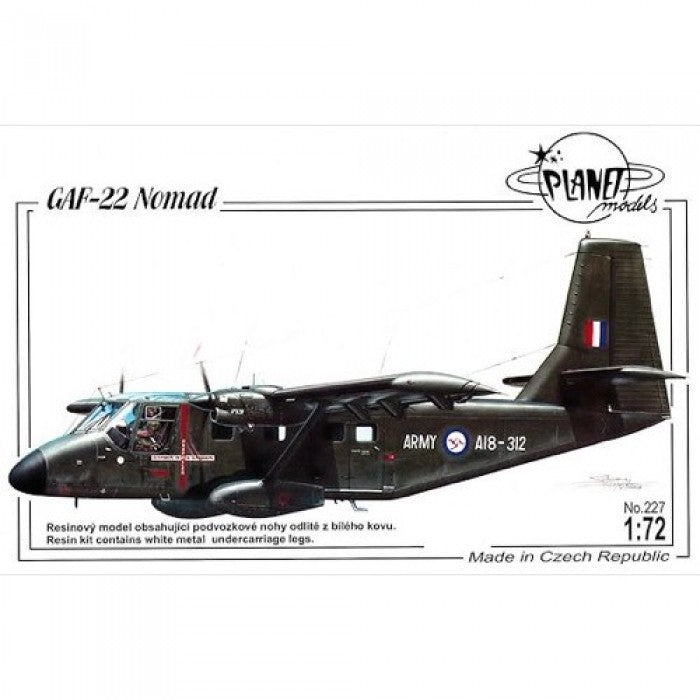
Planet Models 227 1/72 GAF -22 Nomad RAAF All Resin Kit
50.00
$
<h3>The GAF Nomad is a modern Australian transport aircraft.</h3>
<p>The flight of the prototype took place in 1971, and serial production continued in the years 1975-1985. Approximately 170 machines of this type of all versions were created in its course.</p>
<h3>Box contents</h3>
<ul>
<li>
<p>Resin (cast)</p>
</li>
<li>
<p>White metal</p>
</li>
<li>
<p>Decal sheet (waterslide)</p>
</li>
</ul>


